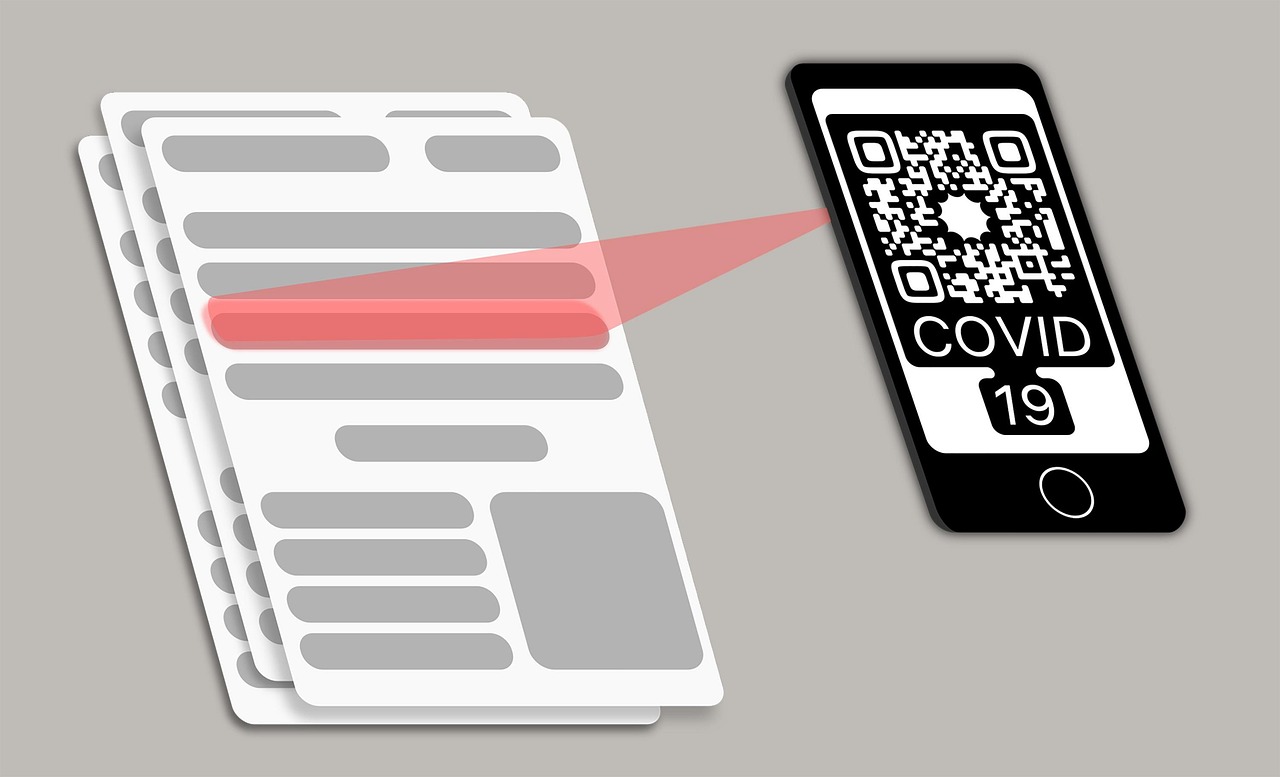The bane of many a developer’s existence, code documentation, is often seen as a necessary evil, a time sink that pulls us away from the “real” work of writing code. But what if that process could be streamlined, even automated, with the power of Artificial Intelligence? AI for code documentation is rapidly evolving, offering developers a way to create comprehensive, accurate, and up-to-date documentation with significantly less manual effort. This blog post explores the current state of AI in code documentation, its benefits, challenges, and future potential.
The Power of AI in Code Documentation
AI-powered tools are revolutionizing the way we approach code documentation. Gone are the days of tedious, manual documentation. AI offers the promise of automatically generating documentation from code, keeping it synchronized with code changes, and even understanding the context of the code to provide more insightful and helpful explanations.
Understanding How AI Generates Documentation
AI-driven documentation tools typically use techniques like Natural Language Processing (NLP) and Machine Learning (ML) to analyze code structure, comments, and commit history. They then generate human-readable descriptions, API references, and usage examples.
- Code Analysis: AI algorithms parse the code to understand its structure, functions, classes, and variables.
- Comment Interpretation: Existing code comments are analyzed to extract valuable information and context.
- Commit History Analysis: Examining commit messages can provide insights into the purpose and evolution of the code.
- Documentation Generation: The AI models generate documentation in various formats, such as Markdown, HTML, or PDF.
Key Benefits of AI-Powered Documentation
Leveraging AI for code documentation offers a plethora of advantages for development teams:
- Increased Efficiency: Automating documentation saves developers significant time and effort, allowing them to focus on core development tasks.
- Improved Accuracy: AI-generated documentation is less prone to human error and can be kept up-to-date automatically as the code changes.
- Enhanced Consistency: AI ensures consistent documentation style and format across the entire codebase.
- Reduced Maintenance Costs: Automated updates reduce the manual effort required to maintain documentation.
- Better Code Understanding: Clear and accurate documentation makes it easier for developers to understand and work with the code, especially in large or complex projects.
- Faster Onboarding: New team members can quickly understand the codebase with comprehensive documentation, reducing onboarding time.
Practical Applications of AI in Code Documentation
The application of AI to code documentation isn’t just a theoretical concept; numerous tools and techniques are already making a significant impact on real-world development workflows.
Popular AI-Powered Documentation Tools
Several tools harness AI to automate and improve the documentation process. Here are a few notable examples:
- Mintlify: This tool uses AI to generate documentation from code comments and automatically updates the documentation when the code changes. It supports multiple languages and frameworks.
- Documenter.jl: While specifically designed for Julia, this tool showcases how AI can be integrated to produce insightful code documentation using language specific features and contextual analysis.
- GitHub Copilot (with Documentation Context): While not strictly a documentation tool, Copilot can assist in writing and understanding code, including generating docstrings and explanations. Its broader understanding of the project context can also inform documentation efforts.
Examples of AI-Generated Docstrings
Consider this simple Python function:
“`python
def add(x, y):
“””
Adds two numbers together.
Args:
x: The first number.
y: The second number.
Returns:
The sum of x and y.
“””
return x + y
“`
An AI-powered tool could automatically generate this docstring (or a very similar one) based on the function signature and code. Furthermore, if the function signature changed, the AI could automatically update the docstring to reflect the changes.
Generating Usage Examples with AI
AI can also generate practical usage examples to help developers understand how to use a function or class. For instance, using the `add` function from above, an AI tool could generate the following example:
“`python
# Example usage:
result = add(5, 3)
print(result) # Output: 8
“`
Challenges and Limitations
While AI offers significant benefits, it’s essential to acknowledge the existing challenges and limitations:
Accuracy and Contextual Understanding
- Reliance on Code Quality: AI-generated documentation is only as good as the code itself. Poorly written code with inadequate comments can lead to inaccurate or incomplete documentation.
- Contextual Interpretation: AI may struggle to understand the nuanced context of the code, especially in complex or domain-specific applications.
- Maintaining Documentation Standards: AI tools need to be configured to align with specific documentation standards and style guides.
The Need for Human Oversight
- Review and Editing: AI-generated documentation often requires review and editing by human developers to ensure accuracy, clarity, and completeness.
- Addressing Edge Cases: AI may not be able to handle all edge cases or complex scenarios, requiring manual intervention.
- Ethical Considerations: As AI generates increasingly complex documentation, questions arise about authorship and responsibility for inaccuracies.
Data Privacy and Security
- Training Data: AI models require large amounts of data for training. Ensuring data privacy and security is crucial, especially when dealing with sensitive codebases.
- Access Control: Appropriate access control measures must be in place to prevent unauthorized access to documentation and code.
The Future of AI-Driven Documentation
The future of AI in code documentation is bright, with ongoing research and development promising even more sophisticated tools and techniques.
Advancements in NLP and ML
- Improved Language Understanding: Advances in NLP will enable AI to better understand the nuances of code and generate more accurate and context-aware documentation.
- Enhanced Code Generation: ML models will become more proficient at generating code examples and usage scenarios.
- Automated Testing: AI can be used to automatically generate tests from documentation and vice versa, ensuring consistency between code and documentation.
Integration with Development Workflows
- Seamless Integration: AI-powered documentation tools will be seamlessly integrated into IDEs and other development tools, making it easier for developers to access and update documentation.
- Real-Time Updates: Documentation will be updated in real-time as code changes are made, ensuring that it always reflects the latest version of the code.
- Personalized Documentation: AI can personalize documentation based on the user’s role, experience level, and specific needs.
The Evolving Role of the Developer
- Focus on Higher-Level Tasks: AI will automate the more mundane aspects of documentation, allowing developers to focus on higher-level tasks such as design, architecture, and innovation.
- Documentation as a Collaborative Effort: AI will facilitate collaboration between developers and documentation specialists, enabling them to create more comprehensive and user-friendly documentation.
- Continuous Improvement: Developers will play a crucial role in providing feedback to AI models, helping them to learn and improve over time.
Conclusion
AI for code documentation is rapidly transforming the software development landscape. By automating the documentation process, AI empowers developers to create comprehensive, accurate, and up-to-date documentation with less manual effort. While challenges remain, the benefits of AI-driven documentation are undeniable. As AI technology continues to evolve, we can expect even more sophisticated tools and techniques that will further streamline the documentation process and improve the overall quality of software development. Embracing AI in code documentation is not just a trend; it’s a strategic imperative for organizations that want to stay competitive in today’s rapidly evolving software development environment.




